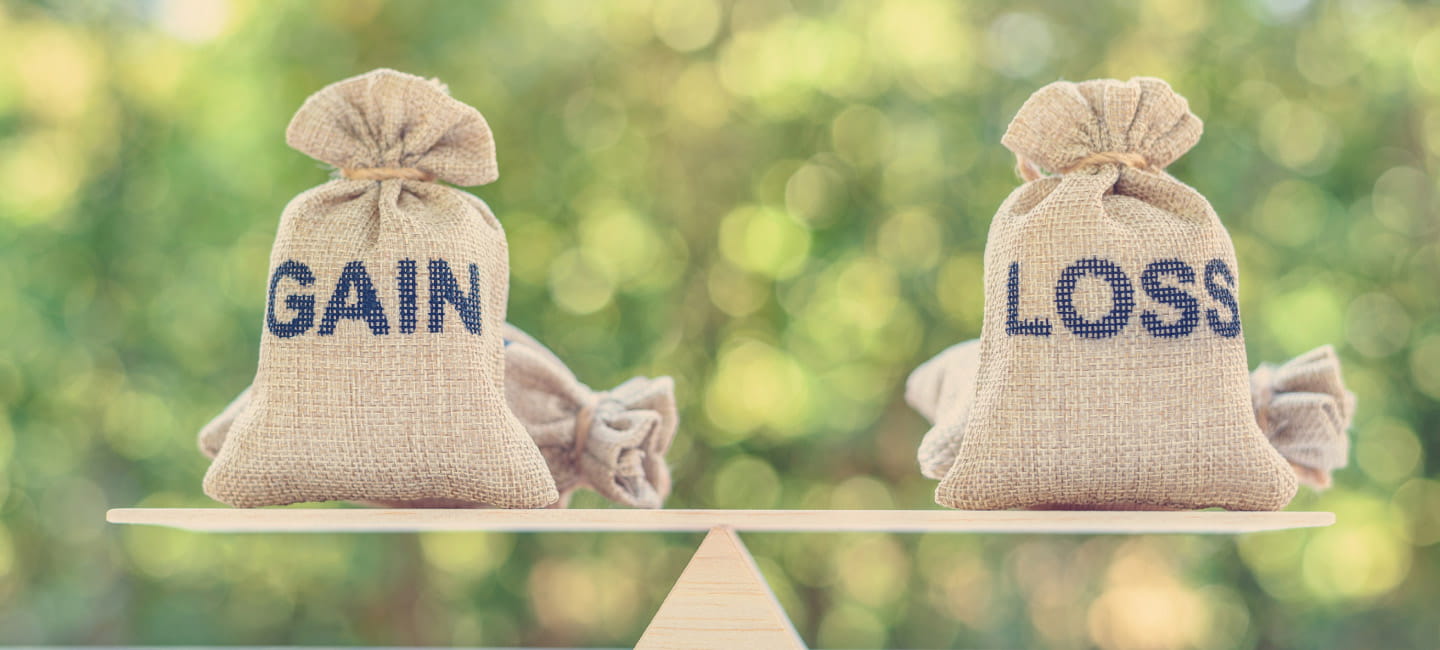If you thought that capital gains tax (CGT) was something only the super-wealthy needed to worry about, think again. A surprise tax bill could hit more people, thanks to successive reductions to the CGT allowance.
This is the amount of money (or ‘gains’) you can enjoy tax-free when you sell an asset, like an investment or antique, which increased in value while you owned it.
What’s on this page?
In April 2023 the CGT annual allowance was reduced from £12,300 a year to £6,000 before falling again, in April 2024, to just £3,000 a year. Chris Springett, private client tax partner at wealth manager Evelyn Partners, says government estimates suggest the changes will affect more than half a million taxpayers, with some 260,000 being forced to pay the tax for the first time.
He adds: “Anyone with investments like shares or funds (held outside an ISA or pension) may have to pay CGT when they sell them, if their profits exceed the new lower allowance." “This includes anyone who owns shares through an employee share plan.
Many people with a second property also need to be aware that they may have to pay CGT if they sell up.” Anyone who has taken a punt on cryptocurrencies could also be stung, as well as those selling so-called chattels – valuable possessions in their home, like antiques, art or jewellery – worth more than £6,000.
The impact of the allowance changes will be magnified by increases to the rate of CGT in the Autumn 2024 budget.
The amount of CGT you might have to pay depends on your rate of income tax. If you still fall within the basic rate tax bracket (below £50,270 a year), once your taxable gain is taken into account, CGT is now charged at a rate of 18%.
For higher or additional rate taxpayers, CGT is charged at a rate of 24%. These rates were increased (from 10% and 20%) in the Autumn 2024 Budget with immediate effect. Previously, a higher rate was charged on residential property that is not your main home (such as a holiday home or buy to let).
However, the rate of CGT charged on assets including shares and chattels is now the same as the rate charged on property. Capital gains need to be declared, either directly to HMRC using its real time service or in your annual self-assessment tax return.
.jpg?sc=max&mw=800&h=450&la=en&h=731&w=1300&hash=C29FF2E5127985A5BC0A7D9A0259D4F1)
The good news is that there is plenty you can do to legally avoid a potential CGT bill. But it’s easier for investors than second homeowners, thanks to the fact you can sell off investments in stages (half your shares, for example) unlike a property, which must be sold in one go.
Springett says: “The allowance cuts highlight the importance of using up each year’s ISA allowance for holding investments like shares and funds. All gains in an ISA are free from CGT – the same goes for pensions.” He adds: “If you have any unused ISA allowance and also have any general investment accounts or employee share plans, you could transfer those holdings into an ISA by a process called ‘Bed and ISA’.”
So, if you haven’t paid the full £20,000 in an ISA this tax year (this allowance is frozen until 2030), you can sell investments in other accounts and immediately rebuy them within your ISA.
You’ll just need to make sure all your accounts are on the same investment platform first. So long as your gains don’t exceed your CGT allowance, there won’t be any tax to pay and your money will then be protected from tax in the future.
Alternatively, if you have a Self-Invested Pension Plan (SIPP), you could top up your retirement pot instead, using the similar ‘Bed and SIPP’ process. This would also benefit from tax relief on your contribution and your money would grow tax-free, but your pension income would be taxable when drawn out.
It’s worth doing this as early as you can ahead of the end of tax year deadline (the new tax year starts on 6th April), as it can take time to perform and it’s a notoriously busy time for investment platforms.
For those that don’t have any ISA allowance left, or don’t want to tie up money in their pension, you can still use your CGT allowance each year, without cashing in all your investment or pulling out of the stock market altogether.
To do this you need to take gains out of an investment (by selling shares for example) before they go over the allowance threshold, as that would mean you have to pay tax on them, and then reinvesting that money somewhere else.
You can’t buy back the same investments straight away, but you can buy equivalents – switching from one FTSE 100 tracker fund to another, for example. This is arguably a bit fiddly, but it can be a helpful way to stopping gains accruing over the years and could prevent a hefty CGT bill when you do eventually sell the investment.
You just need to be careful that each time you sell and reinvest, you don’t sell so much that you trigger a CGT bill. Lee Clark, a financial planner at wealth management firm Brewin Dolphin, says: “Even though the allowance is less generous than it was, making full use of it each year could reduce the risk of incurring a significant CGT liability in the future. It can’t be carried forward into the next tax year.”
While you might be eager to forget about any losses you’ve incurred on any of your investments, don’t. When you declare your gains to HMRC you’ll also be given the opportunity to declare any losses.
These can be offset against your gains and reduce the amount of CGT you need to pay. So, if you had a £10,000 gain but had incurred a £2,000 loss, your overall gain would be reduced to £8,000.
If you’re married, it’s also important to know that transfers between spouses and civil partners are tax-free. Clark says: “This means assets can be transferred from one partner to the other to use each person’s annual CGT exemption.”
It might not be possible to avoid CGT altogether – especially if you are selling a property – but you may well be able to find ways to reduce your bill. The important thing is to plan ahead and find out where you might have a problem brewing.
Think about any ways you might be getting in extra income and work out how much you’ll gain. That way you’ll be able to make the most of the available allowances and reliefs each year to ensure you don’t pay more than you need to.
CGT can be confusing. If it looks like you might have a significant bill in the pipeline, or your finances are complicated, it might be worth talking to a professional adviser. They’ll be able to look at your situation and recommend the right course of action for you (and spare you the worry of a run-in with HMRC).


With our Stocks & Shares ISA and General Investment Accounts. Capital at risk.

There’s billions sitting unclaimed in shares and dividends – find out if any belongs to you.
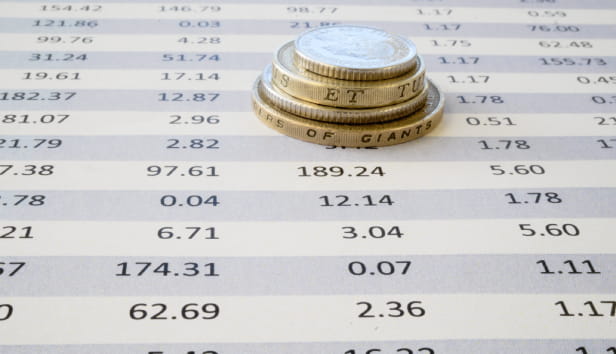
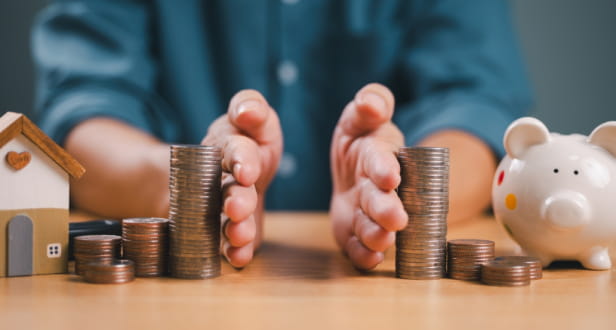
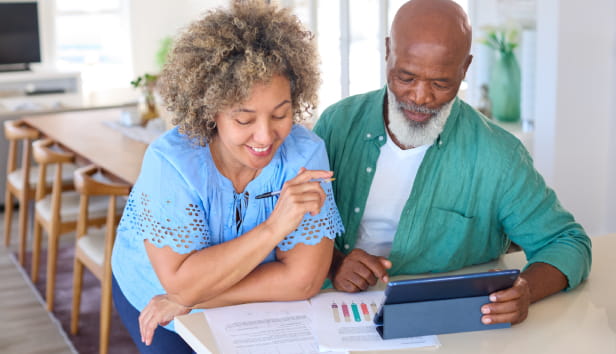
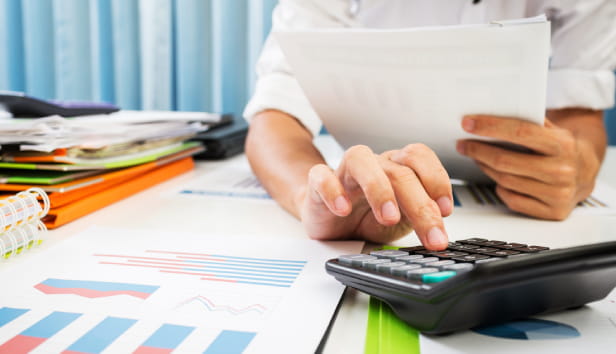
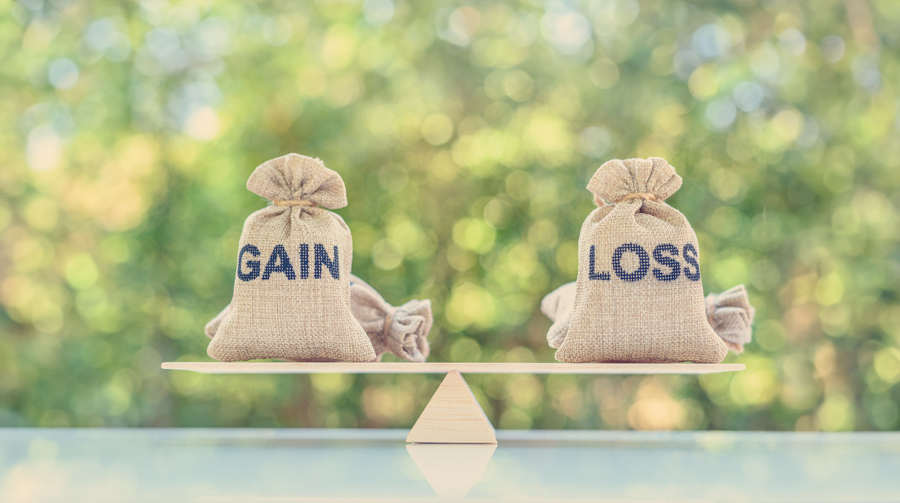
Find out what changes to the rates and allowances for capital gains tax could mean for you
